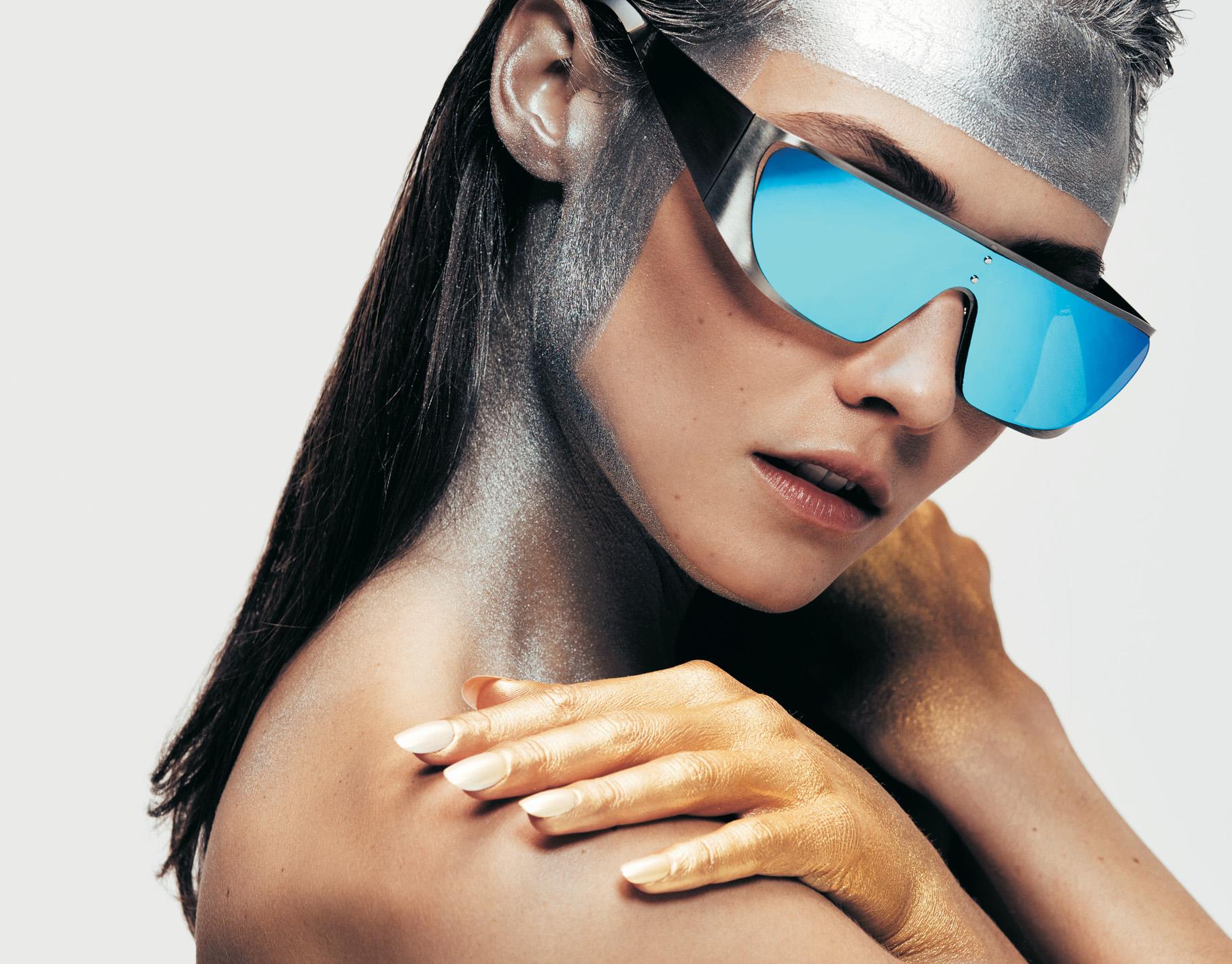
3 minute read
The Altered Aesthetic Landscape Forever

The Altered Aesthetic Landscape Forever By Julie Keller Callaghan - Well Defined
Advertisement
AEDIT, a technology-driven platform that simplifies and safeguards the search for aesthetic solutions and qualified providers, has announced the results of its inaugural consumer trends survey of 1,000 men and women, ages 18 and older. Findings indicate that Millennials and Gen Z now account for the largest age group interested in aesthetic procedures. The pandemic has not slowed down this demographic’s interest in pursuing self confidence and self-expression through beauty. The rise of video conferencing for work and widespread communication as well as rapid advances in beauty technology have helped to strengthen demand for aesthetic treatments and procedures. Video Conferencing
Never before have men and women been so bombarded with footage of themselves on video. With the advent of daily Zoom meetings, Google Hangouts, and FaceTimes, people who are not used to viewing themselves on screen were suddenly thrust into their very own spotlight. This led to nitpicking their appearances. AEDIT’s survey found that those interested in non-surgical and surgical treatments participate in video conferencing meetings significantly more often than those who do not. In fact, 39% of respondents who use video conferencing weekly reported interest in non- surgical aesthetic treatments while 37% reported interest in surgical treatments. A full 29% of Millennials agree that using video conferencing makes them more interested in getting aesthetic treatments. The biggest areas of concern for those who engage in regular video conferences are their teeth (39%), weight (33%), stomach /midsection (28%), under eye pouches (23%), and hair thinning/loss (16%). Despite spending significantly more time at home in 2020, demand for treatments remained high with 23% of respondents stating that they are more interested in aesthetic treatments now that they can recover at home during the pandemic. The Dawn of a Digital Age of Aesthetics
AEDIT founder, CEO and facial plastic surgeon William A. Kennedy III, M.D., says he believes technology is revolutionizing the beauty industry. “It places more emphasis on personalized experiences, giving consumers the opportunity to be more in control of their beauty decisions, whether that be virtually trying on lipstick before purchasing, or in our case, trying on a cosmetic procedure before booking a consultation,” he says. Moreover, 44% of survey respondents wish there was a way to see exactly how surgery would affect their face before taking the leap. This desire is even greater for younger women, with 50% of Millennials and Gen Z and 51% of women showing keen interest in the ability to predict the outcome of aesthetic procedures.
Owning It is In. So, is Good Skin.
Millennials have long been influencing beauty trends as the first generation who came of age during the digital revolution. However, Baby Boomers tend to eclipse them when it comes to seeking out a tweak, lift, or poke in the search to remain naturally ageless. A shift is happening. The AEDIT survey showed that Millennials and Gen Z have significantly more interest in non-surgical and surgical treatments age 35 and up and are more likely to already have seen a doctor or had a surgical treatment than their Gen X and Boomer peers. Millennials, and now Gen Z, largely embrace aesthetic edits with open arms and zero apologies, with 40% stating that they do not feel ashamed or embarrassed about getting aesthetic treatments. This population is specifically interested in aesthetic treatments to look naturally more attractive. It follows that the survey also uncovered a jump in participants using facial skincare products,despite a decrease in using cosmetics in 2020. Looking Ahead
AEDIT board member, Andrew Frankel, predicts, “There might be a lull in elective surgery once the pandemic is cleared and life returns to normal, because people will likely not want to be home recuperating at that point. As such, promoting injectables and nonsurgical procedures will be fruitful right as the world opens up again and people wish to look their best upon reentry.”











